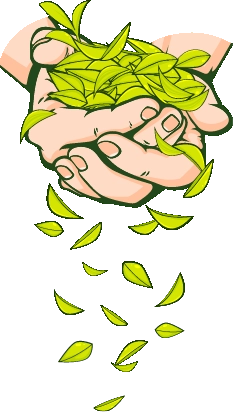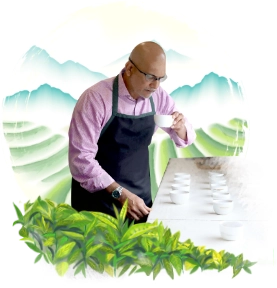Pure Tea or Infusions
As someone who started his career 35 years ago with some of the stalwarts of the tea-industry, I have witnessed how the perception and preference of tea has evolved : from my father’s generation for who wanted their tea as Chai – boiled, strong and sugary with an occasional dash of ginger or cardamom, to my daughter’s generation who like their Masala Chai but also love to experiment with herbal infusions like Tulsi, Ginger and Ashwagandha, floral tisanes like Chamomile, Mint and Citrus and fruit mélanges like Berries and Cinnamon.
Who is drinking tea and who is drinking not-tea?
While the purists argue that the legacy of pure tea needs to be protected, and that non-tea infusions cannot be allowed to masquerade as ‘tea’, there can be little doubt what consumers want: they want variety and they want choice, they want to experiment to explore.
New-age start-ups, without the burden of legacy, have created a myriad range of infusions, tisanes and mélanges aimed for the adventurer-experimentalists new-age consumers. And the new-age consumers love these.
The purists frown, and blame the authorities and brands, accusing them of not doing enough and misleading consumers by slyly selling non-tea as tea.
Interestingly, the history of tea tells us that soon after it was first accidentally discovered in China around 2,737BC, tea was consumed with other herbs and spices, and even onions as a thick, bitter soup. In fact, tea did not even have its own individual identity but was part of a group of bitter tasting herbs, collectively known as ‘tu’. It was only in the 8th century AD that Tao Lu Yu, in his famous treatise on tea, Cha Ching, gave tea its own character (茶) and tea got its own identity. And it is since this time that tea got its purists who revered it, and considered adding anything to it as a sacrilege. But tea always had the rule-breaking experimentalists – from the milk-and sugar adding English to the spice-adding Indians – all of whom have enhance and enriched tea.
Today, it seems that the wheel has turned a full circle for tea. From being part many bitter tasting ‘tu’ herbs to the pure tea made with the leaves and buds of Camellia Sinensis and enjoyed in its more pure and natural form, tea has again become synonymous with infusions of herbs, flowers, spices and fruits.
As a consultant and advisor, I am working with emerging brands that started with new-age infusions but now want to launch pure-teas, as well as established brands who are market-leaders in pure tea but want to launch herbal and botanical infusions. I continue to get queries (at least 2-3 every month) from both emerging and established brands, all of whom what to enter tea.
While the debate continues to rage, it is the new-age consumers who are going to be the eventual decision-makers. And, I reckon, it will be even-stevens as they love their Masala Chai as much as they love their Floral Tisanes.

Tea is a religion in the art of life.

